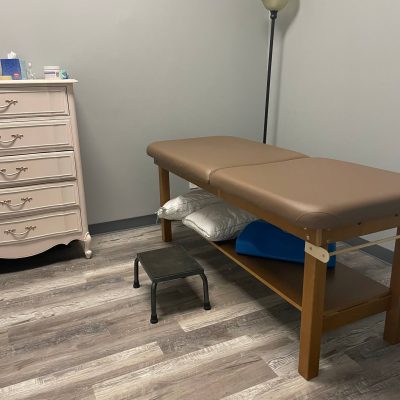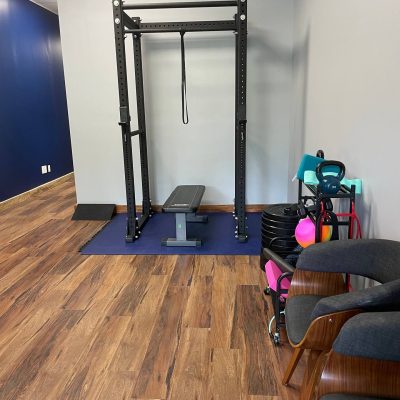Potty training is a significant milestone in a child’s development, but it can also be a challenging and stressful period for both children and their parents. One common hurdle many families face is toilet aversion, where a child develops a strong resistance or fear of using the toilet.
What is Toilet Aversion?
Toilet aversion is a condition where a child is reluctant or outright refuses to use the toilet, despite showing signs of readiness for potty training. This aversion can manifest in various ways, such as hiding to avoid using the toilet, becoming distressed or anxious when asked to sit on the toilet, or having accidents even after being successfully potty trained for a period.
Causes of Toilet Aversion
Understanding the underlying causes of toilet aversion is crucial in addressing it effectively. Common causes include:
- Negative Experiences: A painful or uncomfortable experience, such as constipation or a urinary tract infection, can make a child associate the toilet with pain.
- Fear of the Unknown: The transition from diapers to the toilet is a significant change, and some children may be apprehensive about the new experience.
- Pressure and Expectations: Overzealous potty training or pressure from caregivers can create stress and anxiety, leading to aversion.
- Sensory Issues: Some children may have sensory sensitivities that make the sensations associated with using the toilet overwhelming.
Strategies for Addressing Toilet Aversion
Here are some practical steps parents can take to help their child overcome toilet aversion:
- Create a Positive Environment
Making the bathroom a welcoming and stress-free space is essential. You can decorate the bathroom with your child’s favorite characters or colors and ensure that the toilet seat is comfortable, appropriately sized, and there is a stool for foot support. Incorporating fun elements, such as a special potty training chart or stickers, can also make the process more engaging.
- Encourage Gradual Exposure
Start by encouraging your child to spend time in the bathroom without the pressure to use the toilet. This could involve reading books, playing with toys, or singing songs in the bathroom to build a positive association. Gradually introduce the idea of sitting on the toilet without any expectations.
- Use Positive Reinforcement
Praise and rewards can be powerful motivators. Celebrate small successes, such as sitting on the toilet or trying to use it, even if they don’t produce results initially. Consistent positive reinforcement helps build confidence and reduces fear.
- Address Physical Discomfort
If constipation or other physical discomforts are contributing to the aversion, it’s important to address these issues. Ensure your child is well-hydrated, consuming a fiber-rich diet, and getting regular physical activity. In some cases, a visit to a pediatrician or a pelvic floor therapist may be necessary.
- Avoid Power Struggles
Potty training should be a collaborative effort, not a battleground. Avoid forcing your child to use the toilet or punishing them for accidents, as this can exacerbate their anxiety. Instead, maintain a calm and supportive demeanor, emphasizing that accidents are a normal part of learning.
- Incorporate Play and Role Modeling
Children learn through play and imitation. Use dolls or toys to role-play potty scenarios, showing that using the toilet is a normal and positive activity. Additionally, allow your child to observe family members using the toilet, which can demystify the process and reduce fear.
- Seek Professional Support
If toilet aversion persists despite your efforts, it may be beneficial to seek the support of a pediatric pelvic floor therapist (PT or OT). These specialists can assess any underlying physical or behavioral issues and provide tailored strategies to support your child’s potty training journey.
Conclusion
Overcoming toilet aversion requires patience, understanding, and a supportive approach. By creating a positive environment, encouraging gradual exposure, and using positive reinforcement, parents can help their child build confidence and overcome their fears. Remember, every child is unique, and progress may vary. With time, consistency, and support, your child can achieve potty training success and develop a healthy relationship with the toilet.
If you are facing challenges with toilet aversion or potty training, don’t hesitate to reach out to a pediatric pelvic floor therapist for guidance. Together, we can make this important milestone a positive and empowering experience for your child.







